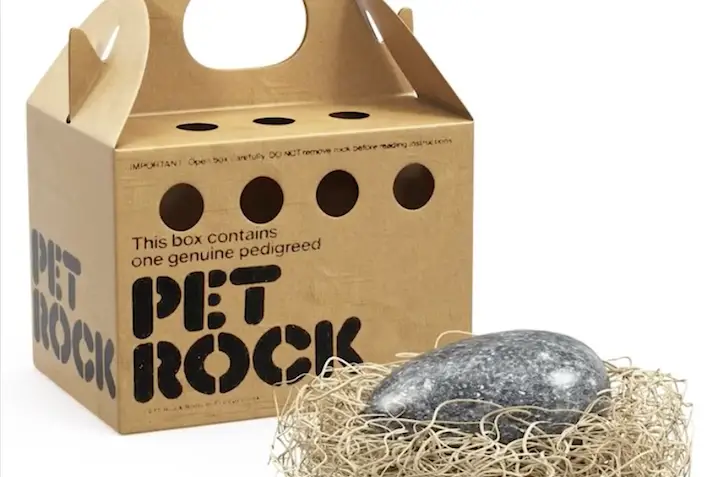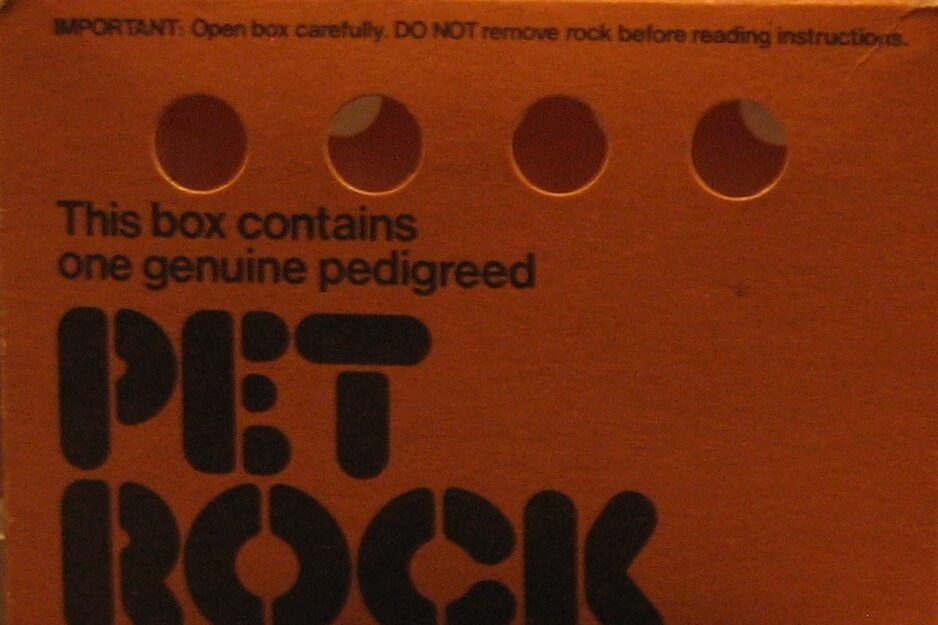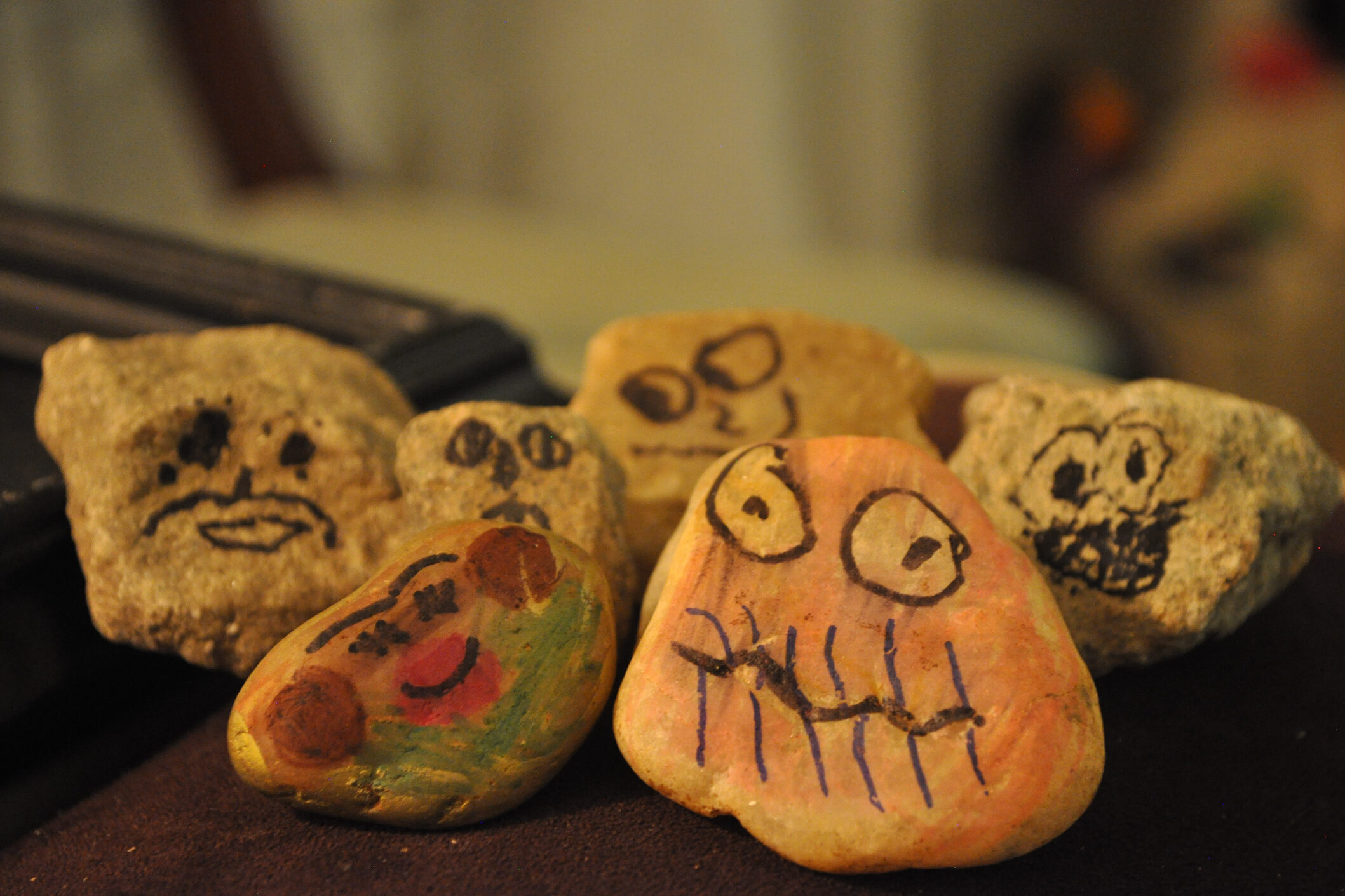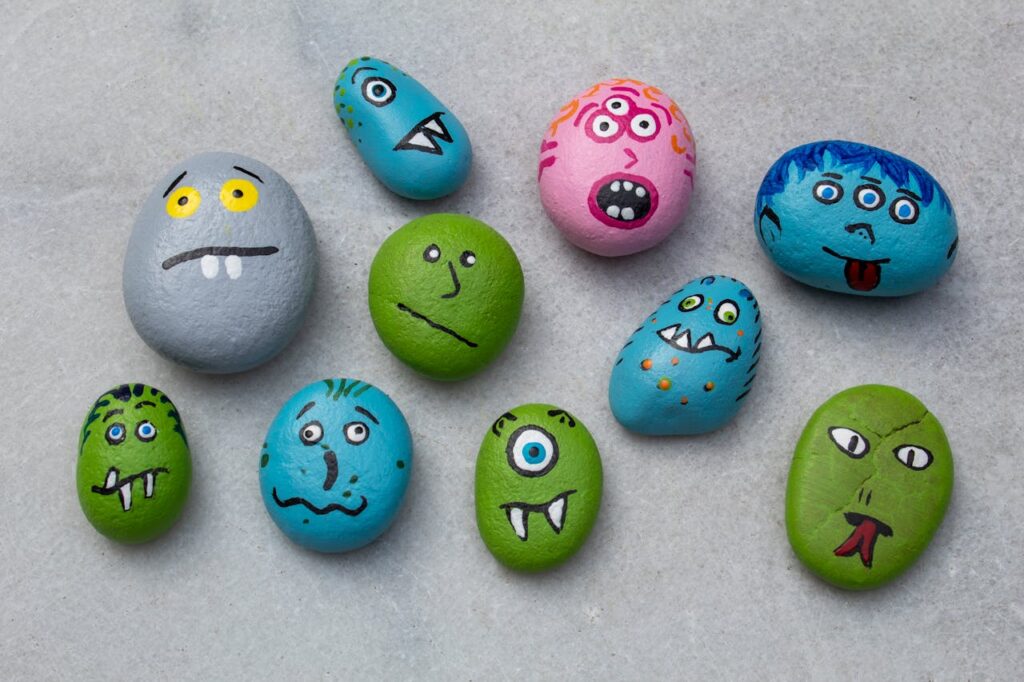
It didn’t bark. It didn’t bite. And yet, it became a cultural icon. The Pet Rock was one of the weirdest product crazes of the 1970s—and yet, it sold millions. But why? What made people buy a literal stone in a box? The answer is equal parts genius marketing, social commentary, and good old-fashioned fun. Let’s take a nostalgic walk through the reasons this low maintenance “pet” became one of the most unforgettable novelty gifts of all time.
It Came in a Fancy Box With Air Holes

One of the most absurdly brilliant things about the Pet Rock was its packaging. It came inside a pet carrier-inspired box, complete with ventilation holes—yes, for a rock. This was the kind of joke that made people do a double take, and that was the point. The box even included a guidebook full of humor, which was arguably the real product. It turned buying a stone into a whole experience. People didn’t just walk away with a rock—they left with a story, a laugh, and something to show their friends.
It Was Literally Just a Rock

There was nothing special about it. No paint, no googly eyes, just a plain, smooth stone packaged like a real pet. That was the joke and people loved being in on it. In the middle of a gadget-obsessed era, the Pet Rock stood out by being intentionally useless. It made fun of consumer culture while fully participating in it. That irony wasn’t lost on buyers, who happily spent $3.95 on something they could’ve picked up from their backyard. The humor was the product. And somehow, the rock’s total lack of value made it incredibly valuable. Source: abcnews.go.com
It Was a Brilliant Joke If You Got It

Not everyone understood the Pet Rock. Some people bought it thinking there had to be more to it. But for those who were in on the joke, it was hilarious. That subtlety made it both genius and risky. The rock itself was just a prop. The real product was the shared laugh, the moment of absurdity that let people bond over how silly consumer culture could be. If you got it, you loved it. If you didn’t, well…you probably felt a little tricked. And somehow, that made it even better.
It Was the Ultimate Low-Maintenance Pet

No feeding, no walking, no shedding. The Pet Rock was perfect for people who liked the idea of a pet but not the reality. It came with an instruction manual that playfully explained how to “train” it to stay, sit, and roll over (with a little help, of course). For stressed-out adults and prank-loving friends, this made it the ideal novelty gift. It was part gag, part rebellion against responsibility. And in a time when life felt increasingly fast-paced, a pet that didn’t need anything at all felt strangely comforting. Source: tripo3d.ai
It Was Ridiculously Profitable

The margins were insane. The creator, Gary Dahl, spent just pennies on each rock, box, and manual. He sold them for nearly $4 each and became a millionaire in less than a year. That kind of profit from something so absurd left people stunned. But it also proved that success didn’t require complexity. What mattered was timing, humor, and a little bit of marketing magic. The Pet Rock wasn’t just a silly fad, it was a masterclass in turning nothing into something, simply by changing how people looked at it. Source: edition.cnn.com
It Highlighted the Power of Marketing

The genius wasn’t in the rock; it was in the story. The Pet Rock came in a cute little box with air holes, like a real pet might need ventilation. The tongue-in-cheek manual taught owners how to care for their new friend. This attention to detail made the joke land harder and made customers feel like part of a clever in-crowd. It showed how great packaging and storytelling could turn even a literal rock into a nationwide phenomenon. Marketing wasn’t just a tool here; it was the entire product. Source: mediashower.com
It Spawned an Entire Trend of “Useless” Products

The Pet Rock opened the door to a new kind of consumerism: one where humor and novelty were enough to sell something. After its success, stores were flooded with gag gifts, mood rings, invisible pets, prank boxes. None of them did anything, but that was the point. They made people laugh. It was the beginning of a trend where silliness became a selling point. Even today, we see echoes of it in quirky coffee mugs, desk toys, and joke gifts. The Pet Rock was the blueprint for selling joy in a box.
It Was a Cultural Phenomenon

In 1975, you couldn’t avoid it. The Pet Rock was everywhere, magazine covers, late-night talk shows, and holiday gift lists. It went viral before “going viral” was even a thing. People gave them as gifts, used them as desk decorations, and proudly joked about their new “pet.” It became a symbol of the times: weird, funny, and a little bit rebellious. And like many fast-burning fads, it disappeared almost as quickly as it rose. But its impact was lasting, and it remains one of the most iconic novelties of the decade.
It Was Weirdly Relatable

For some, the Pet Rock was more than a joke. It was a symbol of calm. In a chaotic world, here was a “pet” that required nothing from you and never changed. The silly manual encouraged people to care for it, almost like a stress-free form of companionship. It turned out that people didn’t always want excitement—sometimes, they just wanted a moment to laugh and feel in control. The emotional connection, however odd, was real. And that’s what made this inanimate object feel surprisingly alive.
It Was an Anti-Stress Icon

Long before fidget spinners and stress balls, there was the Pet Rock. While it wasn’t marketed for relaxation, it offered a kind of mental break. Just holding it could feel oddly soothing—smooth, cool, simple. Add in the humor, and it gave people a reason to smile. It reminded them not to take life so seriously. That’s why so many kept theirs, long after the trend faded. It wasn’t just a joke, it was a tiny philosophy, wrapped in cardboard and marketed as a pet. And maybe, that’s why it stuck with people.
Do you remember owning a Pet Rock or giving one as a gift? Scroll down and tell us your funniest memory or the weirdest thing you ever bought just for a laugh. Let’s relive the most ridiculous trends that somehow made life a little brighter.


